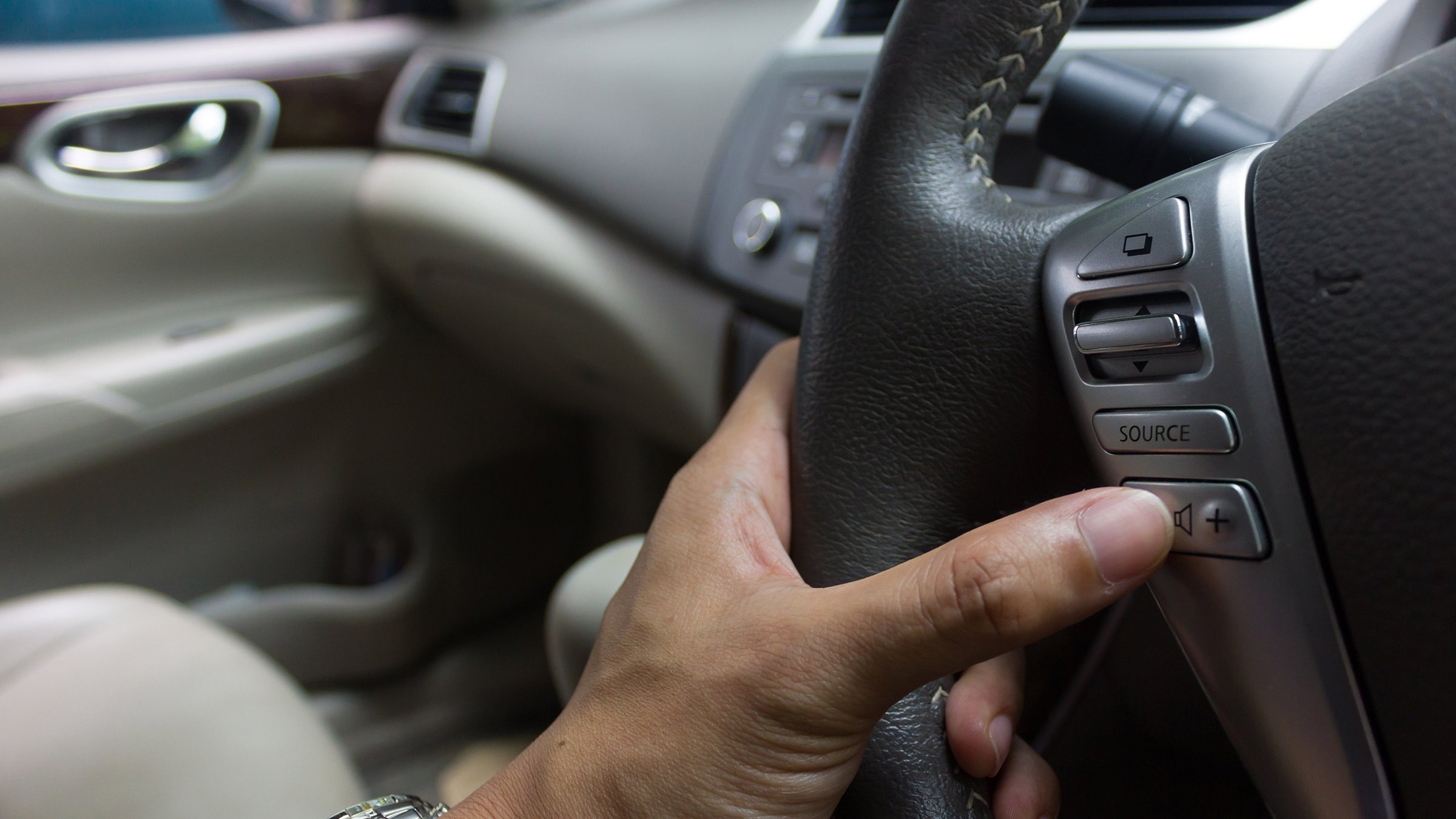Remember the days when your car interior featured nothing more than mechanically adjustable seats and door systems, a relatively simple dashboard, a car radio – and if you were lucky, a CD player?
Those days are long gone. The evolution of automobile interiors over the past two decades is nothing short of astounding. Today’s consumers have come to expect navigation and entertainment systems, Bluetooth and Wi-Fi connectivity – and a whole new level of comfort.
Carmakers are obliging with a complex array of information-enabled options – and seating that’s electronically adjustable for everything from height, HVAC and lighting to lumbar support and massage.
For Tier suppliers, increasing complexity poses challenges not only during the build – but also during the testing process at the end of the line.
Just-in-Time Pressure
If your company supplies automotive seats, the demands of just-in-time (JIT) delivery are nothing new. And while each new seating option introduces another test point, chances are your takt times – or rate at which you must produce a seat – are as aggressive as ever.
But for most suppliers, end-of-line (EOL) testing continues to be a major bottleneck to productivity and puts optimal takt times at risk. In fact, seat testing generally takes longer than the production process itself. And Tiers often struggle to improve test cycle time given the increasing complexity of the systems.
One reason why? Many Tier suppliers still rely on the same EOL technology they used 10-15 years ago when seating options were much simpler. There’s a better way.
Putting Automation Innovation to the Test
Over the past 20 years, we have teamed with many leading Tier suppliers to create engineered, turnkey EOL testing systems for seating, door modules and other interior vehicle components. Keep in mind, our systems are designed to both verify performance – and meet contractual data retention requirements.
Automation innovation can have a significant impact on performance and cycle time – and is at the heart of system success.
Here are a few examples:
- Parallel testing. Conventional EOL systems validate each test point sequentially. Thanks to robust software capabilities, parallel testing can oftentimes replace a strictly sequential approach. A system that conducts two or three tests simultaneously – or in parallel – drives more efficiency and reduces cycle time.
- Configurable systems. In our experience, Tier suppliers must often engage with EOL test providers before seating or other interior specifications are final. With flexible, configurable software applications, you can easily modify systems to accommodate requirement changes. And more easily adapt existing systems to new vehicle program demands.
- Thin client deployment. Now you can choose from either a conventional PC-based solution or server-based deployment, based on industrial thin client technology. For large systems that include 10 or more testing stations, a server-based option is a cost-effective, easy-to-manage choice.
Using modern network technologies and powerful software tools, companies can enable secure, centralized configuration and delivery of applications and content from the server to every PC, thin client, mobile device and user. The result? Fewer operating systems and software licenses. Simpler device management – and more.
Advanced Technologies Enhance Performance
Solutions currently in development take advantage of additional advanced automation technologies, including Independent Cart Technology (ICT).
Unlike conventional conveyors that run at fixed speed and pitch, ICT enables independent control of magnetically propelled carriers on a track. The result? You no longer have to align your takt time with the most time-consuming sequence when testing different seats. Instead, you can advance products through the station independently and precisely – as each test is completed.
Evolving digital technologies, including artificial intelligence and augmented reality, also promise to support and enhance testing system performance, training and maintenance.
Learn how Rockwell Automation can drive consistency across your global footprint with turnkey EOL testing solutions.




